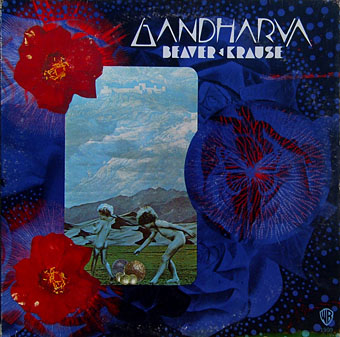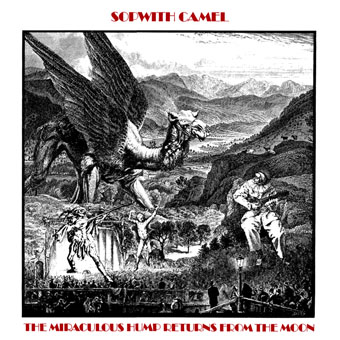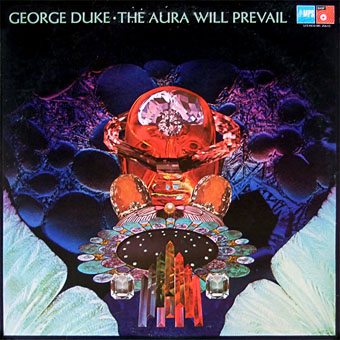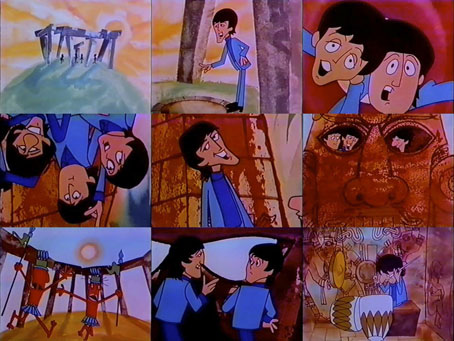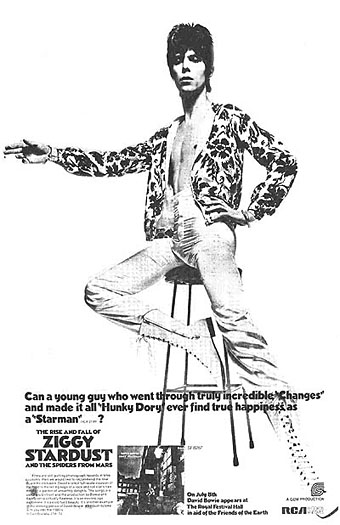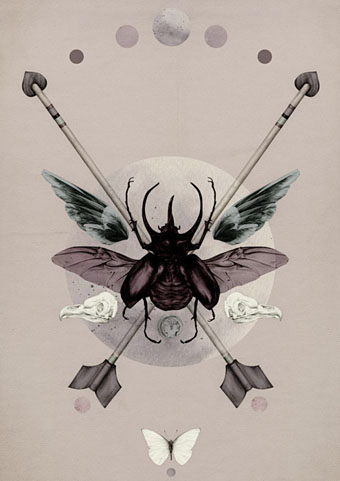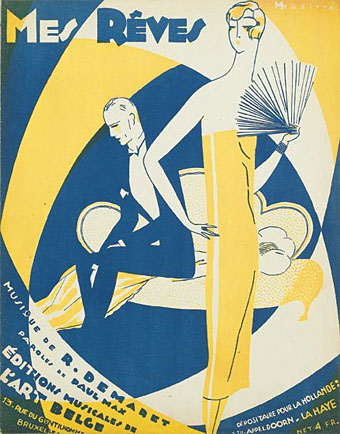Gandharva (1971) by Beaver & Krause. Cover art by Sätty, lettering by David Singer.
There aren’t many, unfortunately, and half the ones here have already featured in previous posts, but since I’m often referring people to Sätty’s work it seems worthwhile gathering them together. His album cover art shows he was equally adept at working with colour as with black-and-white, and might have done a lot more in this line had he been given the opportunity. (Sätty’s first book, The Cosmic Bicycle, does include some colour plates.)
The Gandharva album is the oddest in this small collection, one side being a blend of blues, gospel and Beaver & Krause’s Moog doodlings while the other side comprises an improvised Moog-inflected jazz suite recorded live in Grace Cathedral, San Francisco. The setting of the latter is apt since cover artists Sätty and David Singer both came to prominence among San Francisco’s psychedelic poster designers in the late 1960s. Film director Robert Fuest liked Gandharva so much he hired Paul Beaver, Bernie Krause and Gerry Mulligan to play similar music for the soundtrack of The Final Programme.
Of the other albums the Sopwith Camel is obviously closest to Sätty’s familiar style. The covers for George Duke suit the mid-70s trend of jazz/funk albums with “cosmic” sleeve art exemplified by Tadanori Yokoo’s fantastic (in all senses) collage for Agharta by Miles Davis. Documentation of Sätty’s non-book work is still sparse so if anyone knows of any other covers please leave a comment.
Update: Added The Occult Explosion. See this later post.
The Miraculous Hump Returns From The Moon (1973) by Sopwith Camel.
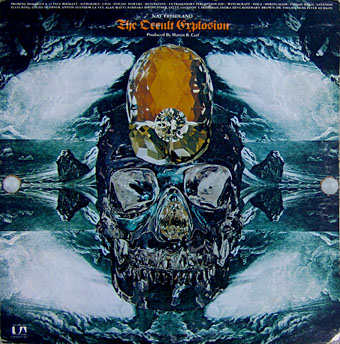
The Occult Explosion (1973) by Various Artists.
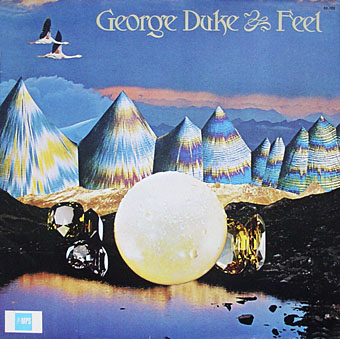
Feel (1974) By George Duke.
The Aura Will Prevail (1975) by George Duke.
Elsewhere on { feuilleton }
• The album covers archive
Previously on { feuilleton }
• Nature Boy: Jesper Ryom and Wilfried Sätty
• Wilfried Sätty: Artist of the occult
• Illustrating Poe #4: Wilfried Sätty

